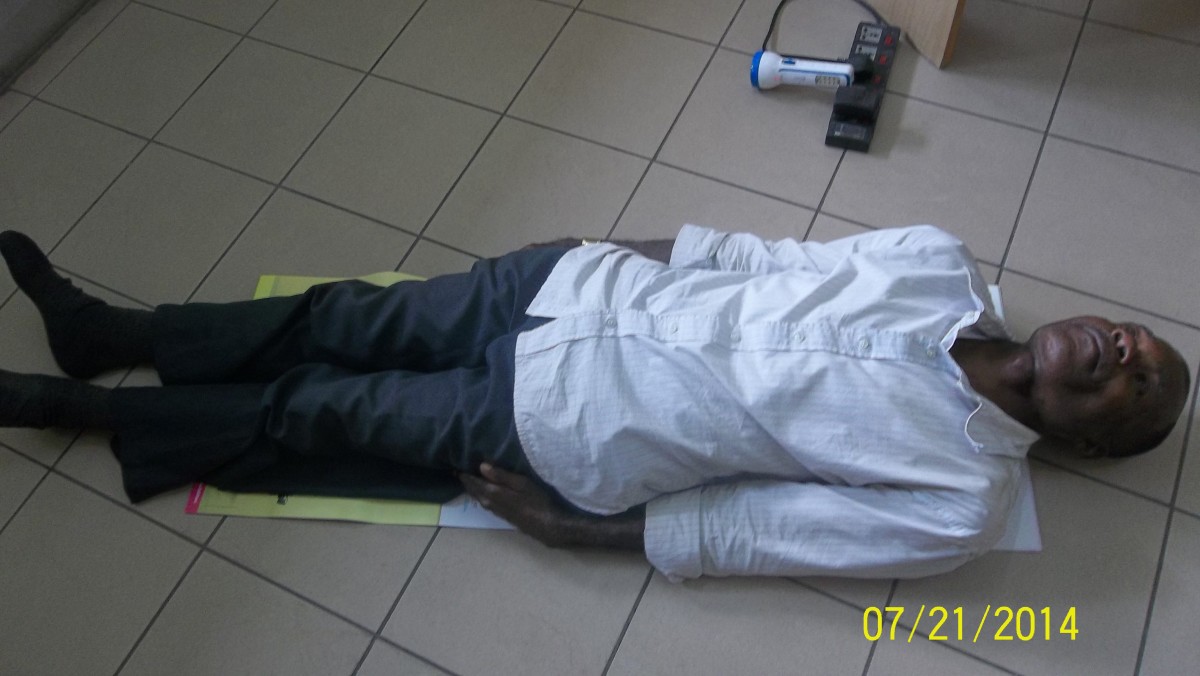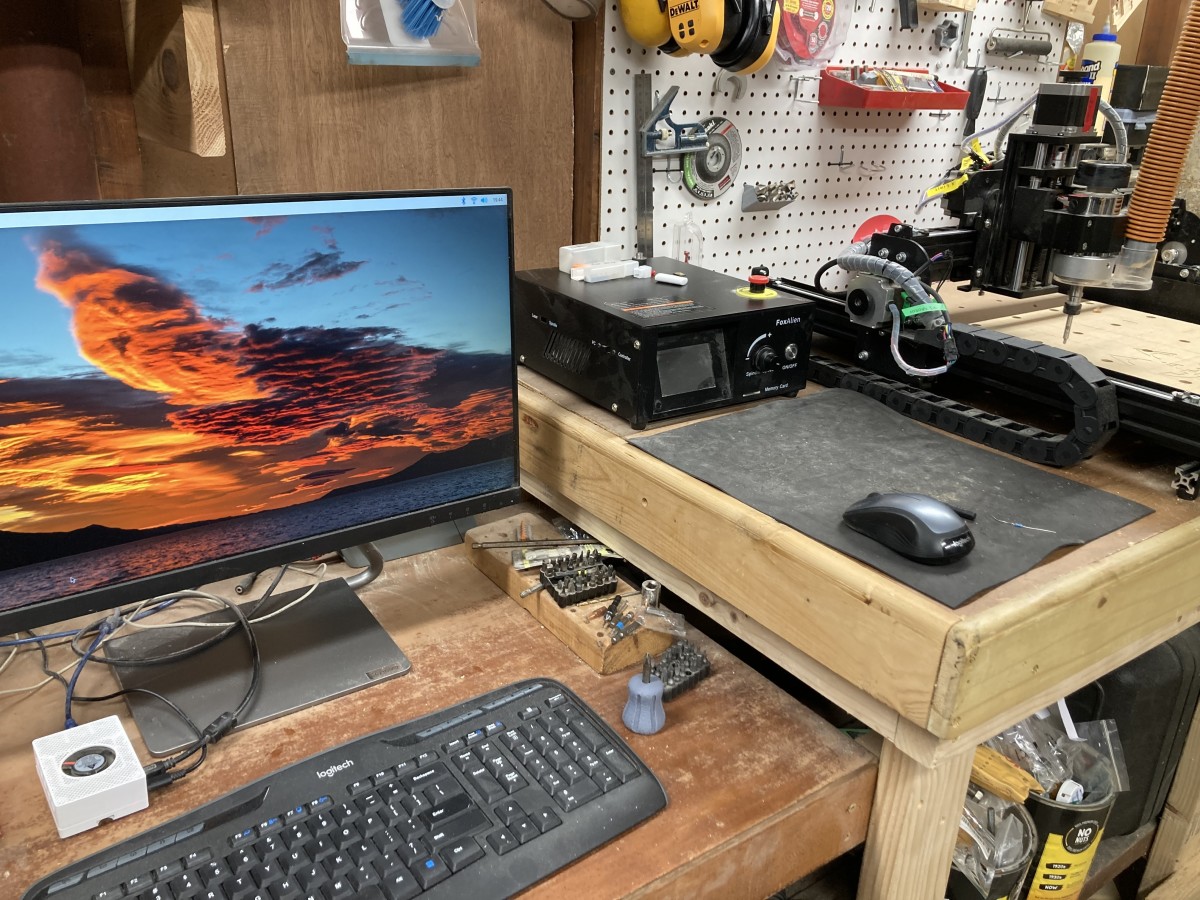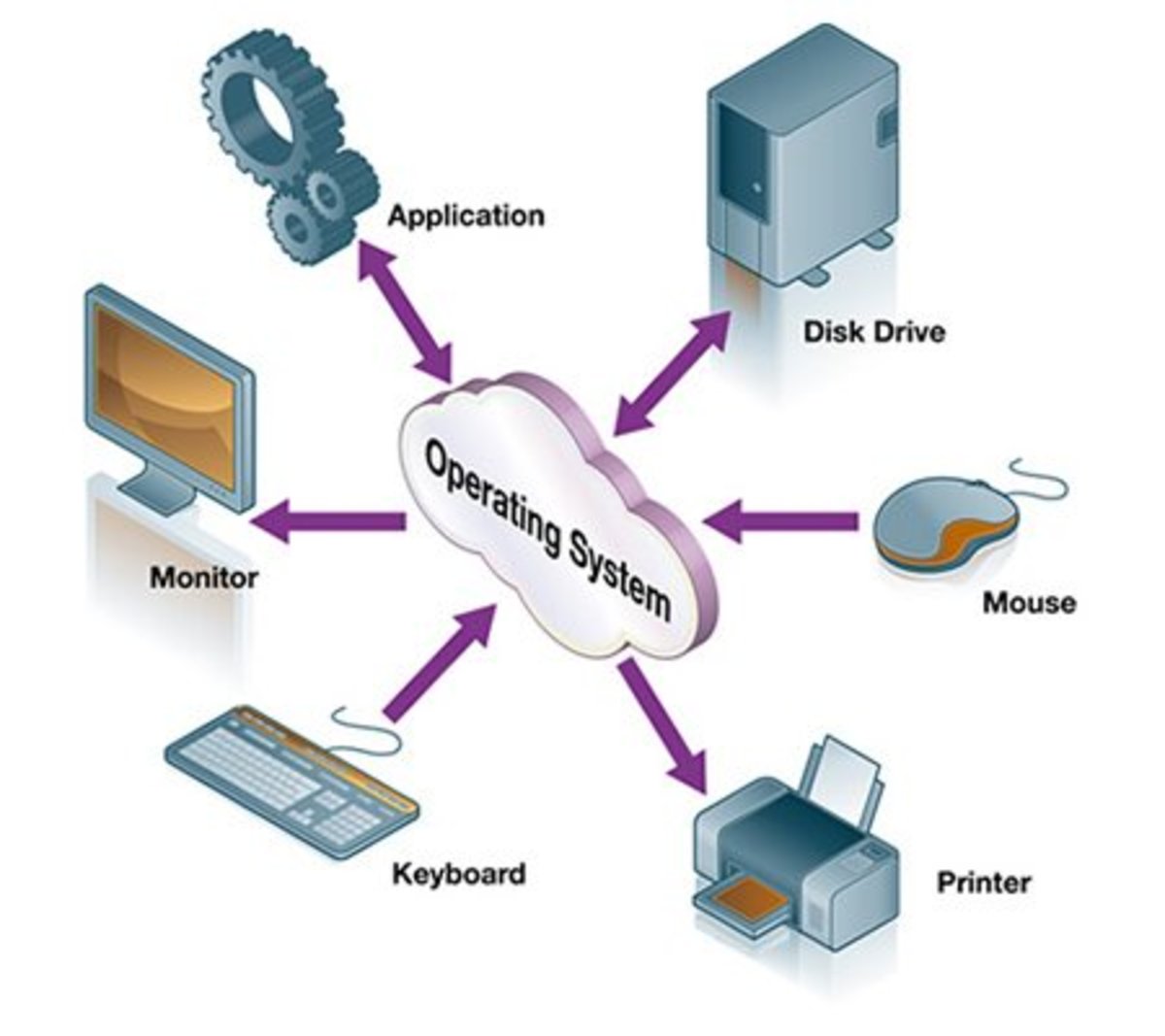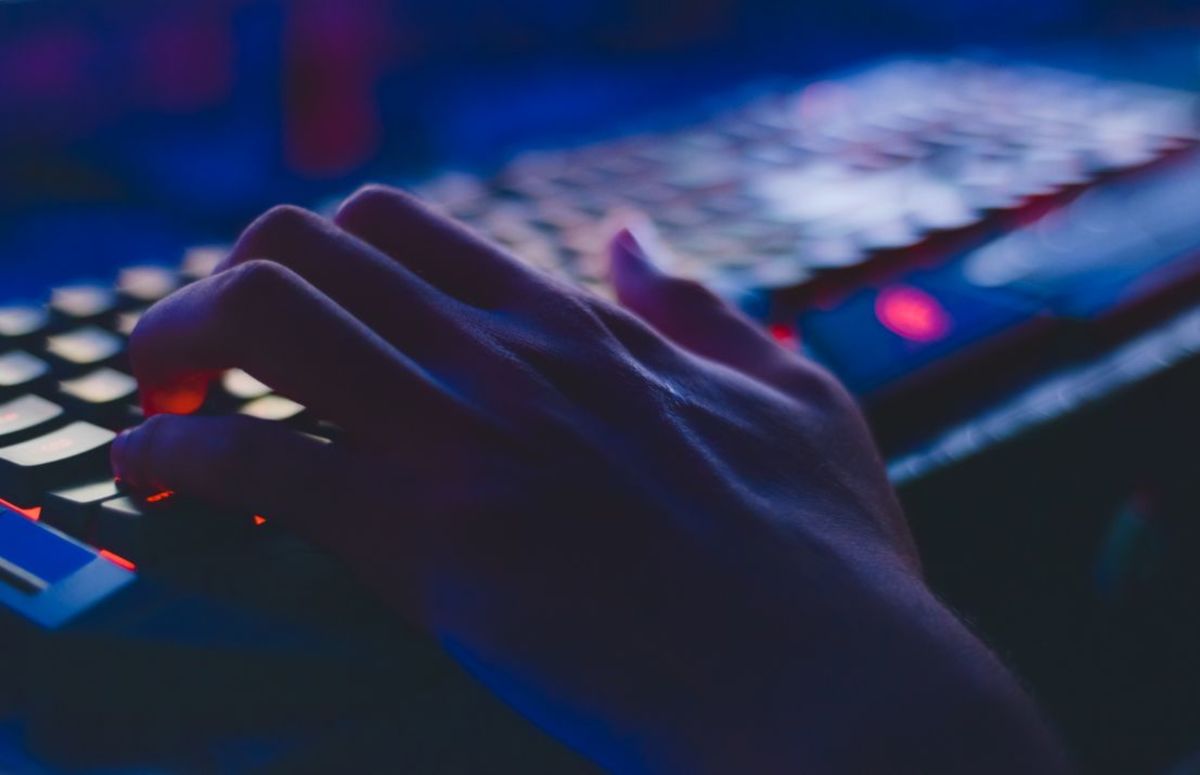Study on Marijuana
Introduction
Marijuana is the most commonly abused illegal substance worldwide. This substance is found in the leaves, seeds, stems and/or roots of Cannabis sativa or Cannabis indica plant which contains an active ingredient known as tetrahydrocannabinol (THC).
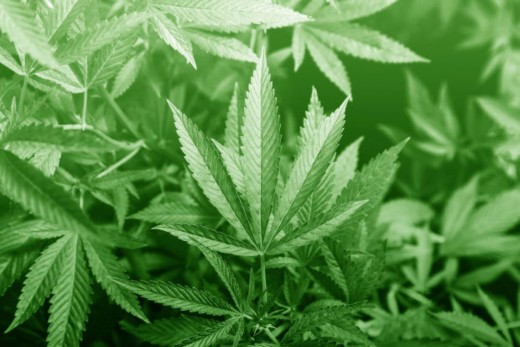
What happens when a person smokes marijuana?
When a person smokes marijuana, the THC quickly passes from the lungs into the bloodstream where it is carried to the brain and other organs in the body
Before we discuss how marijuana affects our brain in the short-term, we will first learn about how the endocannabinoid(EC) system operates
the EC system
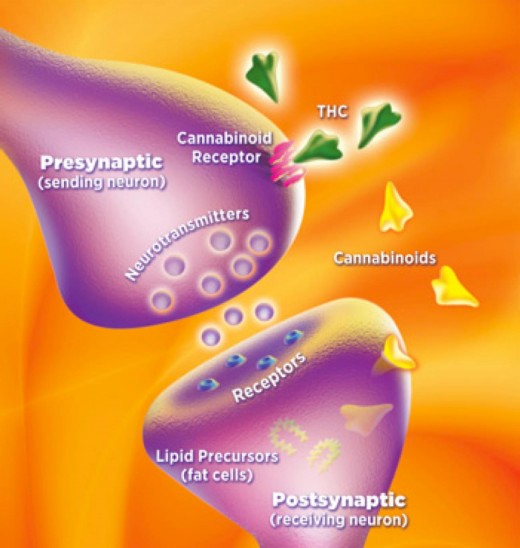
What is an EC system?
The EC system is a unique communications system in the brain and body that affects many important functions.
EC system operating under normal circumstances
- The natural chemicals produced by a body that interact with the EC system are called cannabinoids and like THC, they interact with receptors to regulate these important body functions.
- Brain cells(neurons) communicate with each other and with the rest of the body by sending chemical messages(neurotransmitters)
-
These neurotransmitters are released from a neuron(a presynaptic cell), travels across a gap(the synapse) and attaches to a specific receptor located on a nearby neuron(postsynaptic cell), triggering a set of events.
EC system operating under normal situation (Continued)
- The EC system works backward.
- When a postsynaptic neuron is activated, cannabinoids are made "on demand" from fat cells, released and travel backward to the presynaptic cell, where they attach to the cannabinoid receptors.
- Because they work backward, they act as a dimmer switch on what happens next (limiting the amount of neurotransmitters that are released.
Question
When a person smokes marijuana, how do you think the EC system will react?
In the presence of marijuana
- When a person smokes marijuana, the THC overwhelms the EC system, quickly attaching to cannabinoid receptors, thereby interfering with the natural cannabinoids from doing their job and throws the entire system off balance.
- Since the cannabinoid receptors are in so many parts of the brain, the effects of THC are wide-ranging.
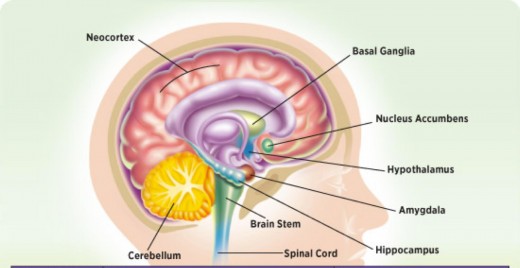
Impacts of THC on different parts of brain
Brain structure
| Regulates
| Effect of THC
|
|---|---|---|
Basal Ganglia
| Planning/Starting a movement
| Slowed reaction time
|
Brain Stem
| Information between brain and spinal column
| Anti-nausea effects
|
Cerebellum
| Motor coordination, balance
| Impaired coordination
|
Hippocampus
| Learning new information
| Impaired memory
|
Neocortex
| Complex thinking, feeling and movement
| Altered thinking, judgement and sensation
|
Nucleus Accumbens
| Motivation and reward
| euphoria
|
Spinal Cord
| Transmission of information between body and brain
| Altered pain sensitivity
|
Other than the impacts of marijuana on the EC system and different parts of the brain, what are the short-term physical responses to that drug? Let's find out.
Long-term effect of marijuana
-
Marijuana affects brain development.
• If used at a young age, the drug may impair thinking, memory and learning functions.
Is second-hand smoke from marijuana harmful?
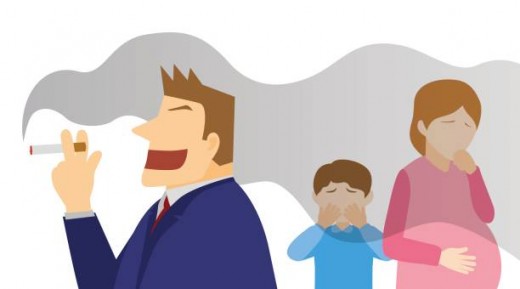
Second-hand smoke from marijuana
- There is very little THC when a person exhales, therefore it is very unlikely to experience any of the metal or physical symptoms from only second-hand smoke exposure.
- However, it is possible that over prolonged periods of breathing in smoke in a confined area that symptoms may appear.
Just like any drugs, overuse of marijuana can lead to addiction
Addiction
-
Research has shown that its habitual use can lead to psychological dependence, with attempts at withdrawing causing mood swings and irritability.
Conclusion
The harmful effects of marijuana and the likelihood for one to be addicted are 2 reasons as to the laws in many countries which prohibits the consumption and sale of marijuana.
Besides the harmful effects, can marijuana be used as part of medical treatment? Which countries allowed the use of marijuana? If so, what are the restrictions? All these will be uncovered in Part 2 of this study
© 2019 Maxy Hui

